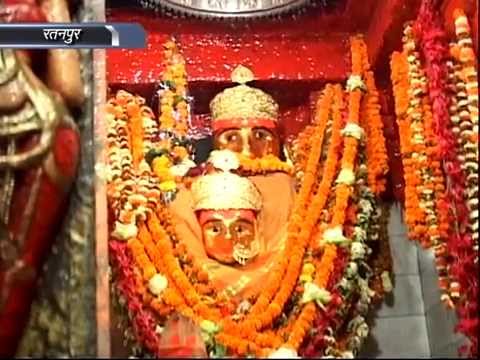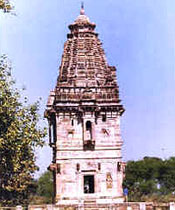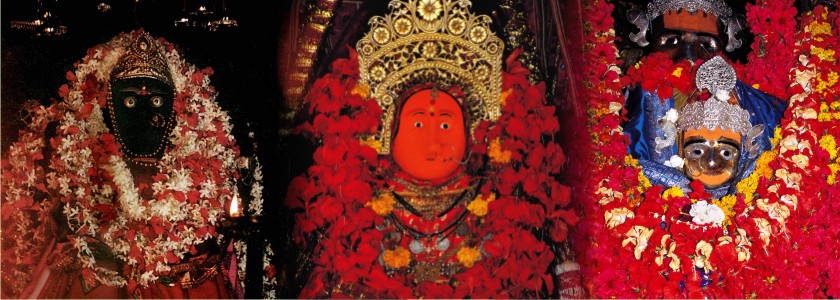Description
The Mahamaya temple is located in a truly iconic setting, facing north and overseeing a large number of supporting temples, dornes, forts and even palaces. These forts and palaces once housed this very temple and the royal house of the Ratanpur Kingdom. The premise of the temple is surrounded by ponds and houses temples of Shiva and Hanuman.
History
The Mahamaya Temple was built between the 12th and 13th century, dedicated to, as the name suggests, Goddess Mahamaya. The temple was constructed in the days of Kalchuri King Ratnadev. The king was renowned for finding the Haihaiyavansi Kingdom, its capital being Ratanpur. It is believed that the guardian of the temple is Kalbhairva. The temple of Kalbhairva is located on the road that is taken to approach the temple Mahamaya. Popular folklore suggests that for a pilgrim to truly complete his/her pilgrimage to the temple of Mahmaya, hhe/she has to visit the temple of Kalbhairva.
Importance/Significance
The temple serves as an amazing symbolism to the Nagara style of architecture. The scores of temples and shrines that one sees within the temple complex serve as guardians and devotees and inspirations to the pilgrimages who travel great distances to the temple. One particular temple amongst the several others is that of Kantideval. The Kantideval temple is said to be the oldest of the lot of temples. It is said to have been built by a dedicated saint named Santosh Giri long ago in AD 1309. This temple was later extended by Kalchuri King Prthivideva II in the 15th Century AD.
Facts/Mythology
The temple has four gates and beautiful and intricate carvings. The Maratha period, during the 18th Century, also performed key changes in the late 18th Century. They fortified the sanctum and Mandap with a rather marvelous courtyard. The temple was recently restored by the Archaeological Survey of India. A few kilometers away from the temple, there also lie the ruins if an ancient Shiva temple. The temple is said to have been built in the 11th century and is located atop a hill on a ruined fort, originally built by the Kalruchi rulers. They were ardent followers of Lord Shiva and Shakti, and hence the temple itself was named as the Kadeideol Shiva Temple. This temple is currently under scrutiny by the Archaeological department, possibly to be undertaken as a prospective restoration project.
Festivals/Events/Gatherings
Devottees have been practicing worship in the temple since centuries ago, the first 'Abhishek' and pooja said to have occurred in 1050 AD. The temple is available for pilgrims to visit from 6 in the morning to 8 in the evening. At noon, the goddess is presented 'bhog' or food. People throng to the temple in large numbers during the festival of Navratri. As the name suggests, Navratri is a festival that spans for nine nights. During this festival, 'Jyotikalash' are lit by the devotes in order to appease the mother goddess. The Jyotikalash is to be kept alit throughout the nine days and nights, as a sign for love that cannot be extinguished. The temple is situated at some 25 kilometers from Bilaspur, Chattisgarh.







